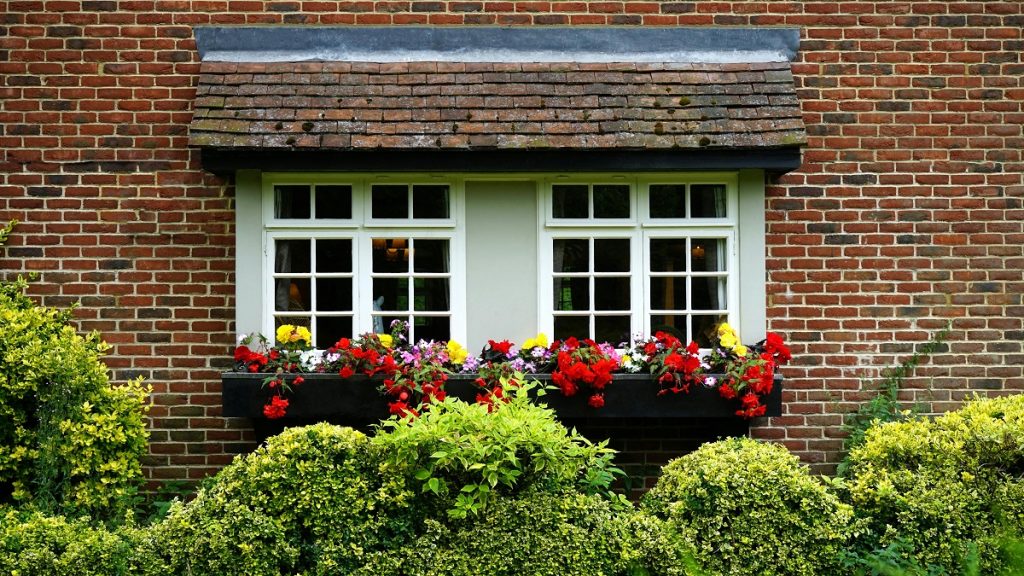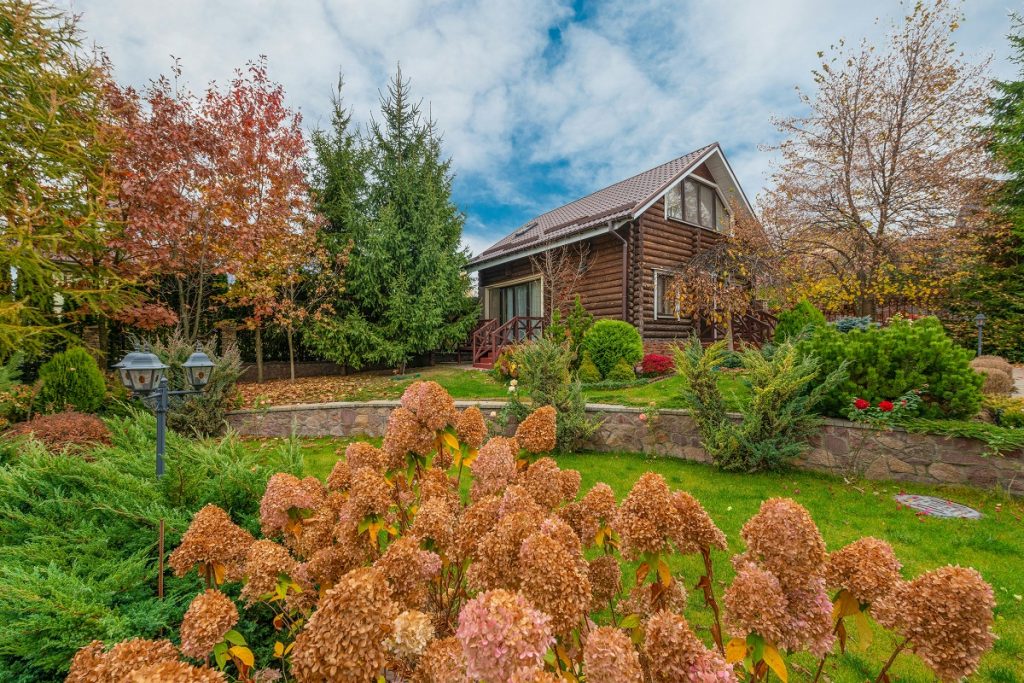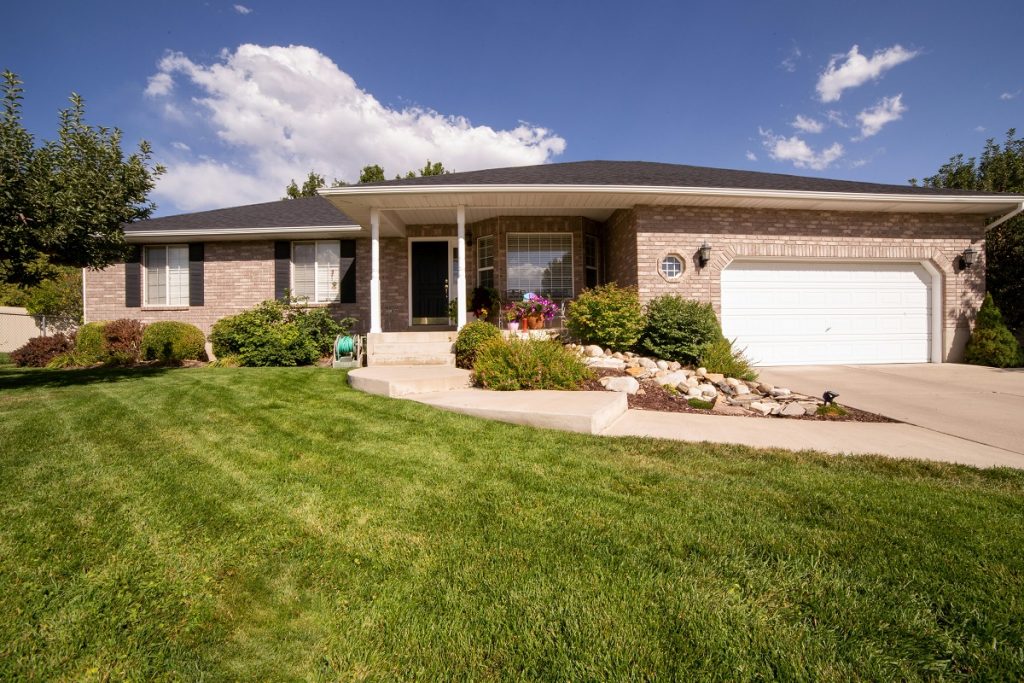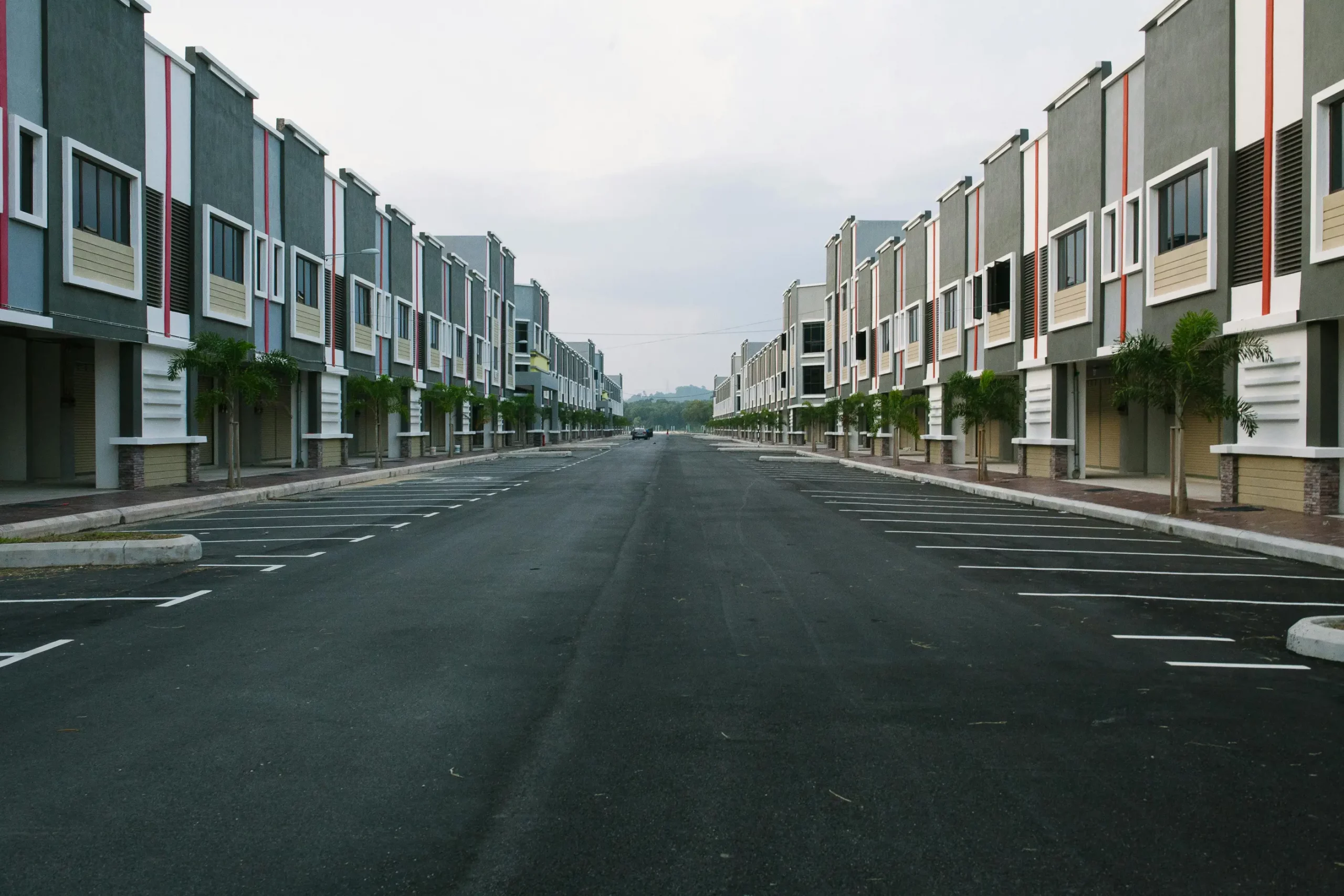
- Transform your outdoor space by incorporating diverse plant life for enhanced beauty and privacy.
- Use strategic lighting to improve aesthetics and safety, highlighting pathways and features while ensuring visibility.
- Create a cozy, inviting atmosphere with comfortable furniture, weather-resistant accessories, and warmth sources for colder nights.
- A well-designed outdoor living area enhances home value and personal quality of life through relaxation and entertainment opportunities.
Your home is a sanctuary of comfort and personal style. Don’t forget about your outdoor space! Extend your home into the landscape, creating a retreat in harmony with nature. From gardens to patios, your outdoor area can be a canvas for simple pleasures and stunning aesthetics. Aside from being a lawn, landscaping is about crafting an inviting environment. This guide will help you create a captivating landscape that complements nature and lifestyle.
Planning Your Landscape
Assessing Space and Functionality
Crafting your outdoor haven starts with assessing your space. Note the yard’s size, natural features, and any obstructions. Uses of such space may include the following:
- for parties,
- a reading nook
- a vegetable garden?
Plan accordingly by mapping out areas for children’s play, entertainment seating, or a tranquil pathway. This way, you can have a clear goal when advancing to the execution of the design.
Setting Design Goals and Themes
Consider what you want your outdoor space to express. You can choose a theme that reflects your interests or culture.
Your design goals will dictate the elements you incorporate. Be clear on the moods you wish to invoke — a peaceful Zen garden may serve as your meditation spot. At the same time, a Mediterranean-inspired design can transport you to faraway places.
Plant Selection and Placement

Choosing Native Plants for Sustainability
Select plants native to your region; they are adapted to the local climate and soil conditions, which means they’ll require less maintenance. Native plants also have ecological benefits, attracting local wildlife and contributing to the ecosystem’s health.
Create layers with tall, medium, and low-growing plants to mimic natural habitats when planning your garden. This not only looks more appealing but also provides habitats for various creatures.
Creating Focal Points and Visual Interest
Every great landscape design needs focal points — a statement tree, a beautifully adorned arbour, or a striking water feature. These elements draw the eye and add depth to the space.
Use them strategically to lead the viewer through the garden—perhaps toward a sitting area or an architectural element. Balance these visual anchors with a diverse selection of plants to ensure that there’s always something of interest in your garden.
Take Care of Your Trees

Trees are the backbone of a landscape that provides a unique character. It’s vital to assess the health of your trees regularly and prune them as necessary. Surrounding areas of your tree roots, such as driveways or paths, must be considered when choosing plants to coexist beneath.
Ensuring proper care and placement of your trees will allow them to be focal points of your design for years. Thus, consultation with a reliable tree service is recommended to ensure the health and longevity of your trees.
The role of trees in your landscape exudes tranquillity and adds a sense of harmony to the overall design. Furthermore, trees provide food, shelter, and nesting places for birds and other wildlife, making them essential to ecosystem health.
Lighting and Ambiance
Utilizing Outdoor Lighting for Aesthetics and Safety
Lighting can change the ambiance of your outdoor space dramatically. Use pathway lights to guide footsteps and accentuate features with spotlights to create a soothing mood. Don’t forget about safety — your lighting should ensure well-lit areas, especially in walkways. Hence, steps and potential hazards are visible.
Creating a Cozy and Inviting Atmosphere
To truly enjoy your outdoor spaces, make them inviting at all hours of the day. Cozying up your space gives you more opportunities to enjoy indoor activities outside, whether enjoying a morning coffee or hosting a movie night under the stars.
Add comfort layers with an outdoor rug and side tables for beverages and books. For colder evenings, consider a fire pit or outdoor heaters. Invest in comfortable, durable outdoor furniture, and dress it up with weather-resistant cushions and throws.
Crafting a beautiful and functional outdoor living space involves carefully considering plant life, lighting, and cozy furnishings. Consulting with professionals and integrating features that enhance aesthetics and safety can transform any outdoor area into an inviting oasis. By prioritizing comfort and style, homeowners can extend their living spaces into the outdoors, creating serene environments for relaxation and entertainment. Ultimately, a well-designed outdoor space adds value to your home and enriches your quality of life with every moment spent in it.

